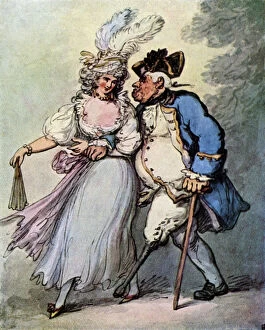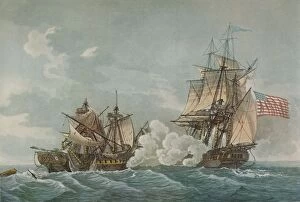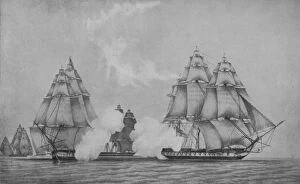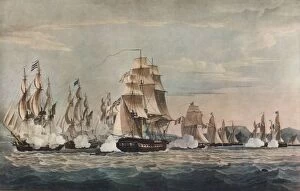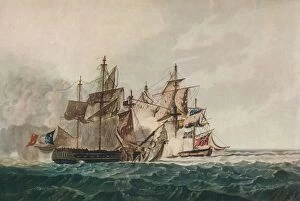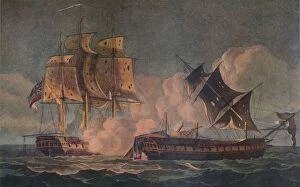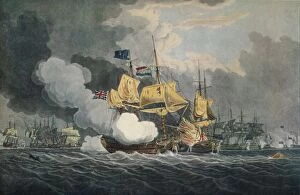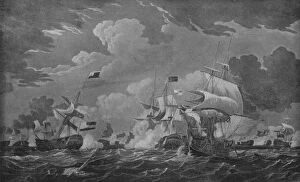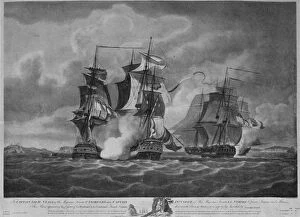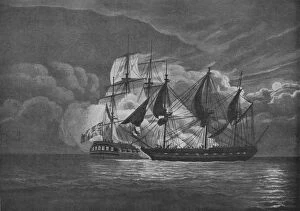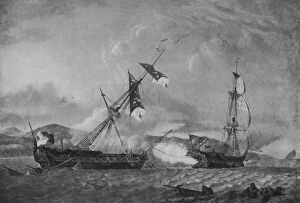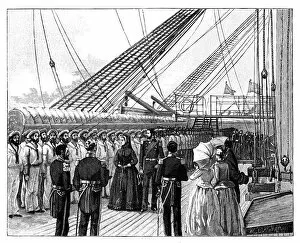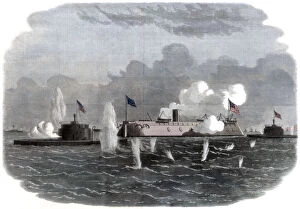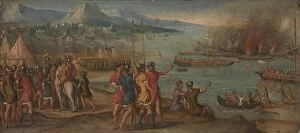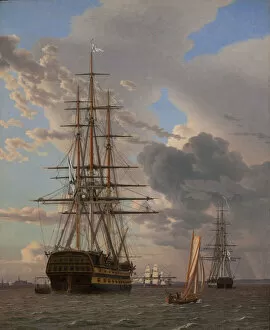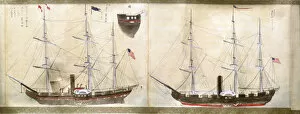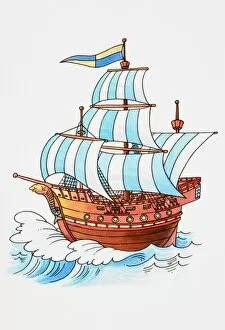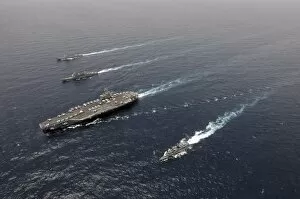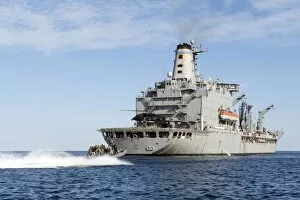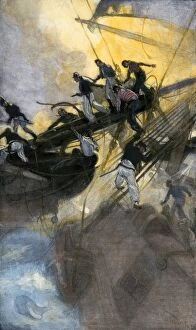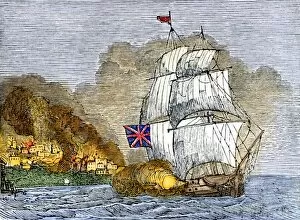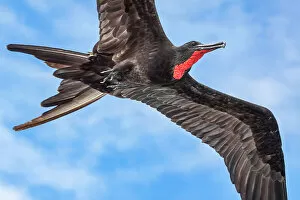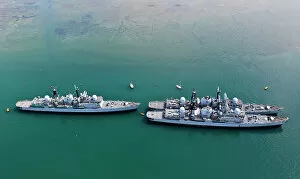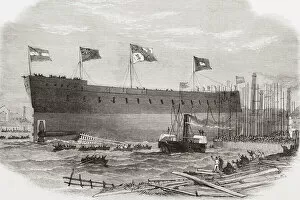Frigate Collection (page 9)
The frigate, a formidable warship known for its agility and versatility, has long been an integral part of naval operations
For sale as Licensed Images
Choose your image, Select your licence and Download the media
The frigate, a formidable warship known for its agility and versatility, has long been an integral part of naval operations. From the historic battles fought by ships like HMS Montrose during Marstrike 05 to the modern-day surveillance missions carried out by vessels such as Royal Navy Type 23 Frigate HMS Sutherland, these mighty ships have proved their worth time and again. With a Merlin Helicopter overhead, HMS Sutherland showcases the seamless coordination between air and sea forces. Meanwhile, at Stanley harbour, HMS Minerva stands tall as a symbol of naval power and protection. Further south of the Isle of Wight, Type 23 frigate HMS KENT sails confidently through the open seas. One cannot overlook the significance of Royal Navy Type 23 Frigate HMS Argyll in maintaining maritime security. Its presence ensures that international waters remain safe from potential threats like Russian warships sailing through UK waters - a responsibility not taken lightly. Looking back in time reveals how frigates have evolved over centuries. The Speedy and El Gamo depicted in Nicholas Pocock's artwork represent early examples from c1802 when speed was crucial on the high seas. Similarly, Hms Lancaster's commanding presence at sea demonstrates how these vessels continue to adapt to changing times. Even beyond British shores, frigates played vital roles worldwide. In Norway during the 19th century, they safeguarded territorial waters around Horten with unwavering dedication. And across vast oceans like the Atlantic Ocean, ships like The Royal Navy frigate HMS Monmouth ensured secure transits for both military personnel and cargo alike. Finally harking back to history's annals is EVNT2A-00079 capturing crew members aboard USS Constitution battling fiercely during War of 1812 - showcasing bravery amidst chaos. In all their incarnations throughout history and across various nations' navies, frigates stand as symbols of strength and resilience on our vast oceans.


